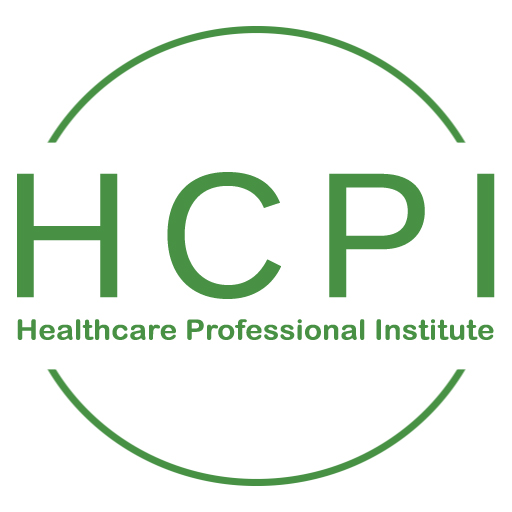- Home
- All Courses
- Health & Wellness
- CPR, AED and First Aid
Curriculum
- 8 Sections
- 36 Lessons
- Lifetime
Expand all sectionsCollapse all sections
- First AidFirst aid involves offering quick help in an emergency when someone is hurt or feeling unwell, until professional medical care can take over. Sometimes, for minor issues, first aid might be all that’s needed. But for more serious situations, your quick actions can really make a difference, potentially saving a life.5
- Common Medical EmergenciesMedical emergencies can vary greatly, from minor issues to life-threatening conditions. As a trained first aid provider, it’s essential to be ready to recognise and respond appropriately to these situations. Your ability to act quickly and effectively can make a significant difference in the outcome, potentially saving lives.9
- Traumatic InjuriesFirst aid providers often face situations where they are required to assist with traumatic injuries, from minor cuts to life-threatening situations. Knowing how to respond quickly and effectively is crucial. Your prompt care can stabilise the injured, reduce further harm, and support advanced medical responders when they arrive. Understanding how to handle various injuries ensures you play a vital role in saving lives and improving outcomes.10
- Environmental Injuries and IllnessesAs more people seek the thrill of outdoor adventures, the risk of injury and illness due to environmental factors increases. Whether it's exposure to extreme temperatures, encounters with wildlife, or other hazards, understanding how to respond to these unique challenges is essential. First aid care plays a crucial role in managing these situations, helping to prevent minor issues from becoming serious threats to health and safety.5
- Providing CPRCardiopulmonary resuscitation (CPR) is a critical life-saving skill that everyone should know. The two primary components of CPR are chest compressions and rescue breaths, both of which work together to keep oxygenated blood flowing to vital organs during cardiac arrest.4
- Using an AED3
- Providing Relief of Choking4
- Contacting 999/EMS4
Infant Cases
Prev
